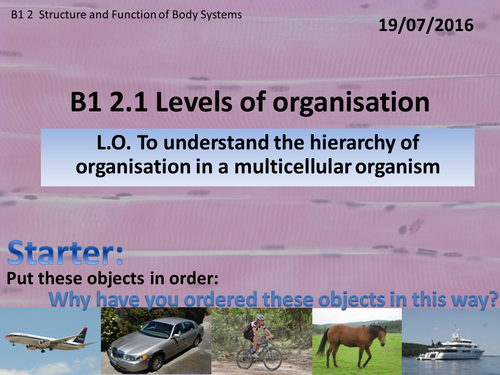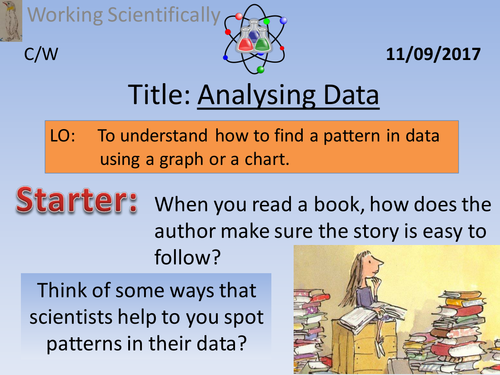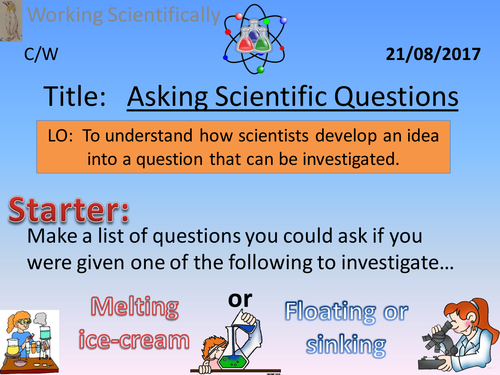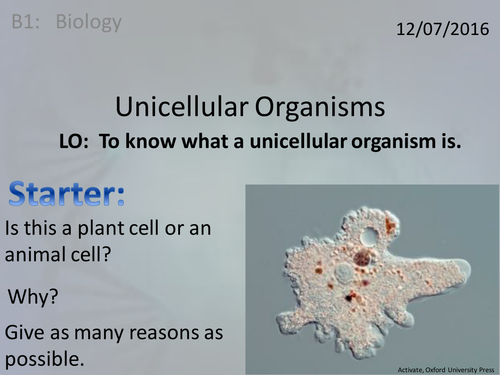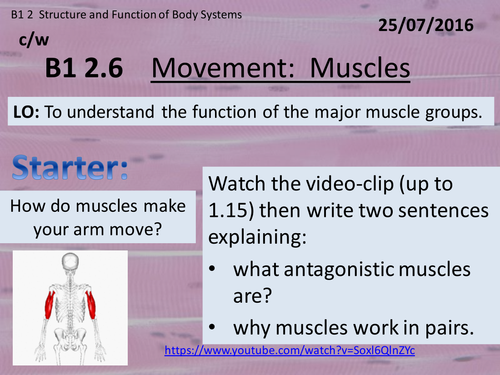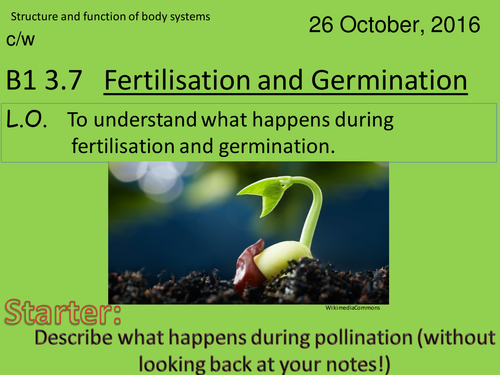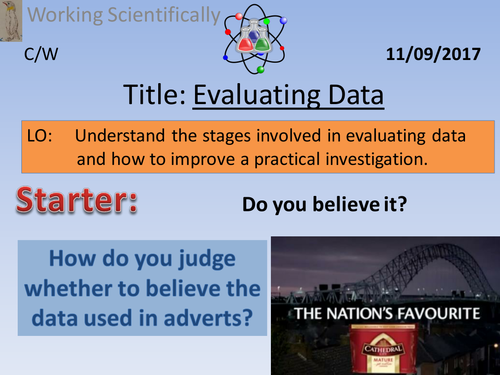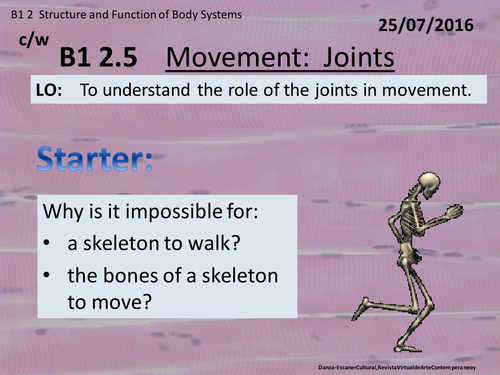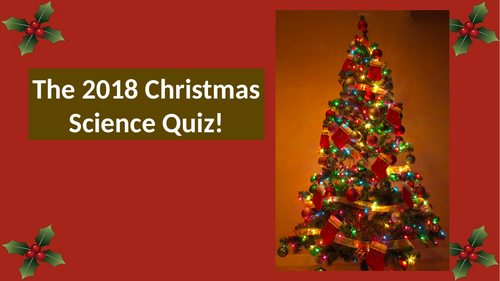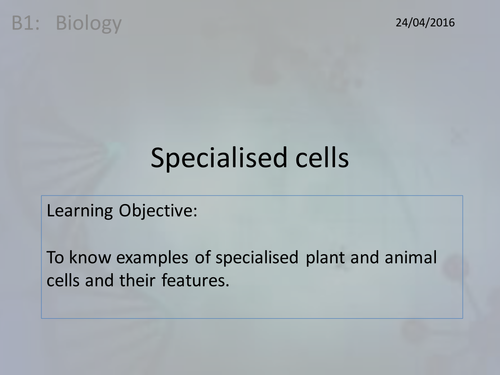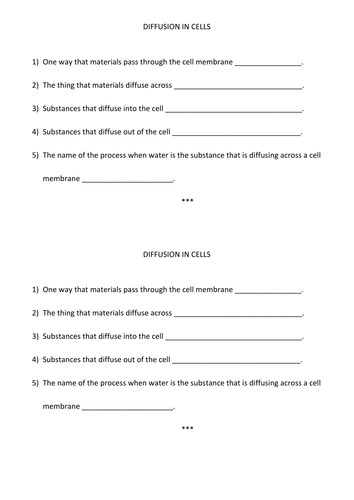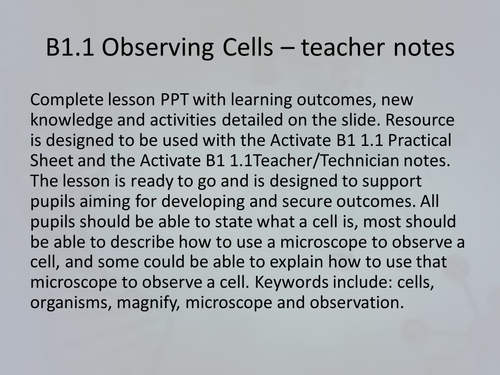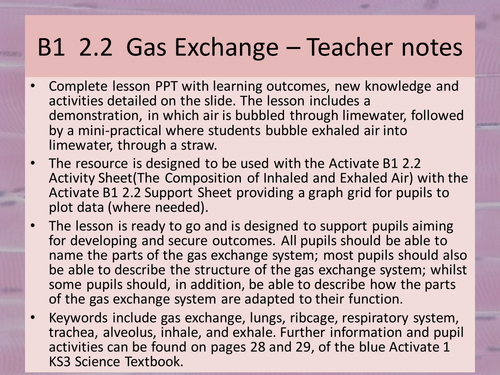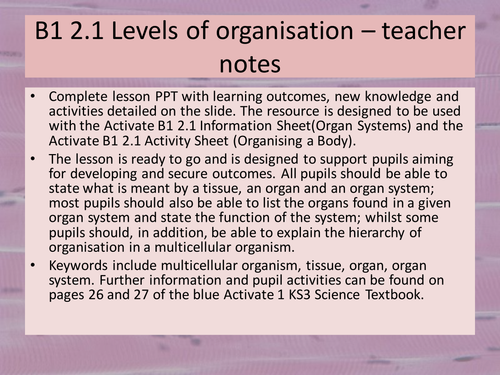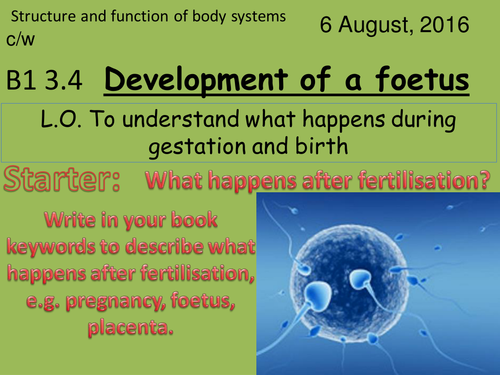Paris the Penguin Resource Shop
I am an enthusiastic and experienced science teacher and tutor who is a strong believer in having organised, well-designed resources to support every lesson. When I started teaching from the Activate SOW I found myself spending too much time making resources. I have, therefore, now designed PowerPoint presentations and supporting materials to support the Activate SOW for Biology, Chemistry and Physics and will eventually upload all materials to this shop.


